
Human Development
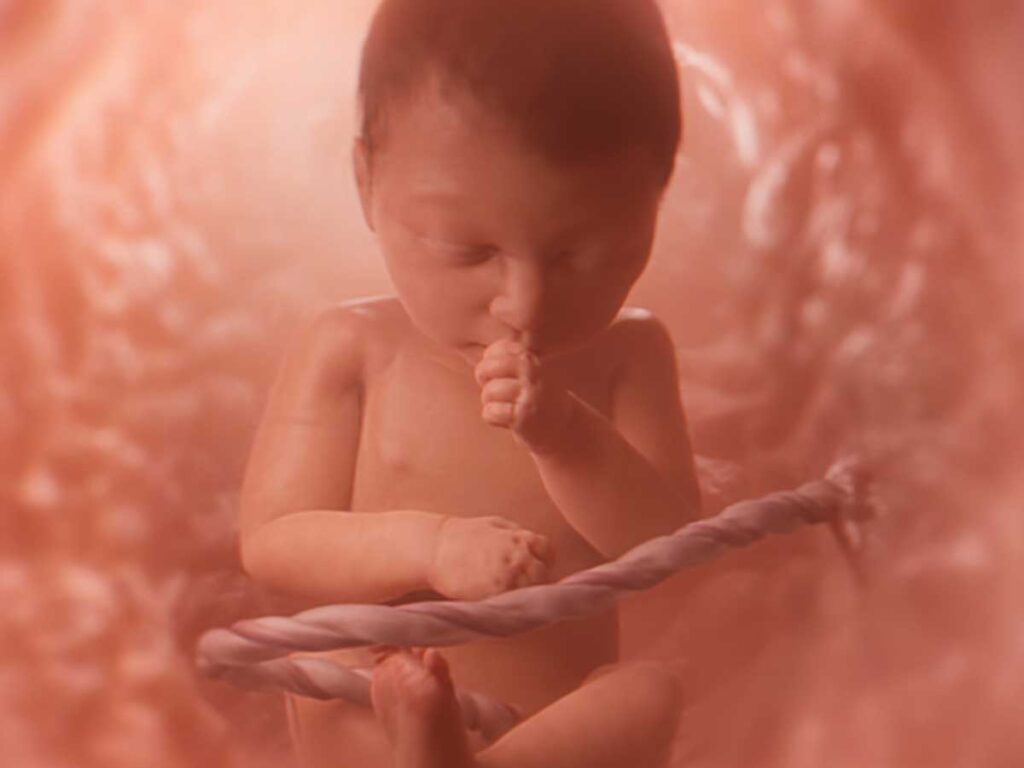
Many people who support abortion simply don’t know about the prenatal development of a human being. For some, this knowledge is all it takes to change their mind about the morality of abortion. Though that won’t be the case for everyone, you should know these basic facts about human development to use in your conversations about abortion.
Fetal Development
There are many people who advocate for abortion who don’t know about fetal development. For some, all it takes to change their mind about the morality of abortion is the knowledge that a baby’s heart starts beating at about 21 days or that babies can feel pain as early as 12 weeks. This won’t be the case for everyone – but you should know these basic facts about fetal development to use in your conversations about abortion.
Weeks 1-4
- Conception occurs when the sperm fertilizes the egg.
- Gender is determined by the sperm, which carries either an X or a Y chromosome. An X chromosome indicates a female baby, and Y denotes male.
- The embryo implants itself on the wall of the uterus.
- A neural tube forms; it will ultimately become the brain and spinal cord.
- The circulatory system rapidly forms (including the umbilical cord), and the heart begins to beat toward the beginning of Week 3.
Weeks 5
- Hands and wrist joints are forming.
- All cranial nerves are now present, and limb nerves are forming.
- Subtle movement begins.
Weeks 6
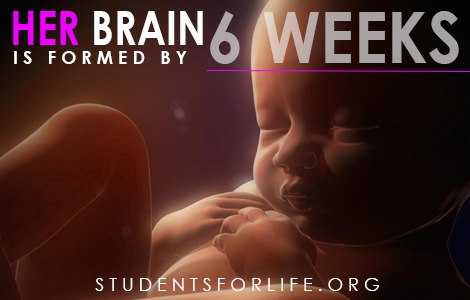
- Brainwave activity has begun.
- Arm and leg bones form, along with tooth buds.
- Hands begin to move.
- Eye lids are present and growing and primitive nasal cavity forms.
- Vital organs are continuing to form, including the kidneys, liver, pancreas, lungs, stomach, and intestines.
Weeks7
- The head rotates and legs move; the baby is also able to hiccup.
- Hands can touch each other and fingers can overlap.
- The heart, which began beating weeks ago, is nearly complete and is beating very quickly now (peaking between 165 and 170 beats per minute).
- Feet begin to have tiny notches that will become toes, and knee joints form.
Weeks 8
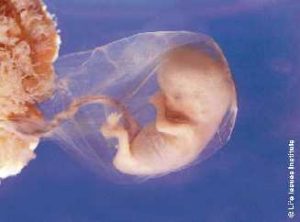
- Hair appears around eyebrows and in mouth.
- Urine production and release begins.
- Joints are similar to those of an adult.
- Right- and left-handedness begins to emerge.
- Fingers and toes are webbed and short but continuing to grow.
- Eyelids are completely fused together.
Weeks 9
- Weight increases 75% this week.
- The head is now much larger than the rest of the body.
- The baby can suck thumb and move tongue.
- Early vocal cords are present and the baby begins to yawn.
Weeks 10
- Fingernails and toenails start to grow, and unique fingerprints are now present.
- Bones are beginning to solidify.
- Eyes now roll down reflexively.
- Buds form that will eventually be secondary teeth.
Weeks 11
- Nose and lips are completely formed; complex facial expressions begin.
- Reproductive organs are well-formed and gender can now be seen on ultrasound.
- Intestines absorb water and glucose.
- Weight increases 60% this week.
Weeks 12
- Hands touch mouth up to 50 times an hour.
- Bile production begins in liver.
- Bowel movements begin.
- There are taste buds all over the mouth.
Weeks 13
- Teeth, as well as other tissues, are growing.
- Cilia are lining airways.
- Most of the body is sensitive to touch.
Weeks 14
- Girls move their jaws more than boys do.
- Cerebellum resembles that of an adult, and cerebral cortex now has four lobes.
- Fat deposits present in cheeks.
- Touch to mouth causes the baby to turn away.
Weeks 15
- Stem cells arrive in bone marrow.
- Body fat emerges throughout body.
- Glucagon is present in the bloodstream.
Weeks 16
- The mother can begin to feel the baby’s movements.
- Tooth enamel is forming.
- The bronchial tree is nearly complete.
- The baby has hormonal stress response to invasive procedures.
Weeks 17
- The retina now has discrete layers.
- The cerebral cortex is now active.
- Meconium (made up of products of cell loss, digestive secretion, and swallowed amniotic fluid) is accumulating in the bowel.
- Eyes have now shifted to their final position, and ears are almost done moving.
Weeks 19
- Melanin production begins.
- In female babies, the number of oogonia, which will become eggs, reaches its height; oogonia production ceases permanently.
- In male babies, the prostate gland begins to develop.
- Daily cycles in biological rhythms, such as sleep, begin.
Weeks 20
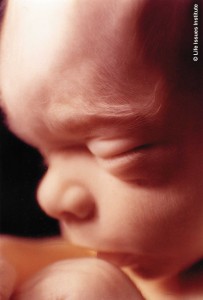
- All skin layers and structures are now present.
- The cochlea in the inner ear reaches adult size and the baby can now respond to sounds.
- The eyelids separate and the eyes now open and close.
- The head is now about 20 centimeters in circumference.
- This is the earliest that low-levels of surfactat, a substance necessary for gas exchange in the lungs, are produced.
Weeks 21
- Legs are reaching their correct proportions.
- The brain is growing very quickly; nerves begin making complex connections and will continue to do so until about 5 years after birth.
- Hair begins to grow on the scalp.
- A baby born prematurely at this stage has better than a 50% chance of survival.
Weeks 22
- Cornea structure is now developed.
- White blood cells are developing to allow the baby to fight off infection.
- As the baby gains weight, the skin becomes less transparent and wrinkly.
- Hearing becomes clearer as inner ear bones harden.
Weeks 23
- The brain weighs about 100 grams this week, and is about to start a major growth spurt, in which its size will increase 400-500%
- The baby’s nostrils open.
- Daily movement helps work out developing muscles.
Weeks 24
- The baby can hear things outside the womb now, and will have a blink-startle response to a loud, sudden noise.
- Loud noises also cause an increase in heart rate and movement.
- Surfactant is now definitely present, so gas exchange outside the womb is possible.
Weeks 25
- Rods and cones, which allow the eye to detect light and color, are now present.
- The baby now has the ability to taste, which affects the rate at which he or she swallows amniotic fluid. If the mother eats sweet food, he will swallow faster, while bitter food leads to slower swallowing.
- The intestinal lining now contains all adult cell types.
Weeks 26
- The sense of smell is now present.
- Tear production now begins.
- Additional fat deposits continue to decrease wrinkles.
- Eyelashes are now growing
Weeks 27
- Pupils react to light.
- Fat deposits continue to build up so that the baby can maintain body temperature after birth.
- The placenta is maintaining a higher temperature than that of the rest of the mother’s body, roughly 100.7 to 102.5 degrees Fahrenheit.
Weeks 28
- The baby can now differentiate between high and low frequency sounds from outside the womb.
- Bone marrow takes over the production of red blood cells from the liver.
- Smooth brain tissue is developing wrinkles and folds as brain mass increases.
- By now the baby can do somersaults by a series of movements similar to walking.
Weeks 29
- The baby’s head is no longer disproportionate to the rest of the body.
- Eyes can move around in their sockets, and all the rest of the senses are functioning too.
- Movement becomes less pronounced as the uterus becomes more cramped.
Weeks 30
- Breathing motions continue to be common, even though there isn’t any air in the womb.
- The cerebral cortex now consists of six layers.
- The head is now about 30 cm in circumference.
Weeks 31
- The baby is most likely having dreams by this point.
- Growth will begin to slow down now, but weight at birth will still be approximately twice what it is now.
- A doctor will now begin noting the position of the baby in hopes that it will be born headfirst.
Weeks 32
- The baby’s memory begins working, as he or she will typically prefer songs heard in the later part of pregnancy to ones heard only after birth.
- The formation of glomeruli, blood-filtering capillaries in the kidneys, is complete.
- Muscles of the lower esophagus are now functional.
33
- The baby’s skull bones have not fused and are very pliable.
- Amniotic fluid is at its highest level and will stay at this level until birth.
- The baby may settle into the head down position at this point, though it may happen later in pregnancy.
- The mother may gain additional weight at this point as the baby is doing the same.
Weeks 34
- Rapid weight gain includes an increase in brain weight as the myelin sheath around nerves is thickening during the last weeks of pregnancy.
- The immune system is continuing to mature so that the baby can fight infections.
- Pressure from the baby being head down may cause the mother to urinate more frequently.
Weeks 35
- The baby has now developed a firm grip.
- He or she will now gain ½ to ¾ of pound each week.
- Lung development is almost complete and lungs are almost ready for birth.
Weeks 36
- Surfactant production accelerates.
- Brain weight is approximately 300 grams.
- The immune system continues to develop as the baby receives antibodies from his or her mother.
Weeks 37
- Fetus drinks an estimated 15 ounce of amniotic fluid each day.
- The baby is becoming more coordinated and can now grasp things.
- The pregnancy is now considered full-term and a doctor will not try to stop labor if it starts.
Weeks 38
- Baby is considered “full term.”
- Breathing motions will sometimes cause the baby to get hiccups.
- Vernix, the waxy substance on the skin, is mostly gone now; only a small amount remains to help the baby go through the birth canal smoothly.
- The baby is gaining a half ounce to an ounce each day.
- The mother’s appetite may decrease as there is less room for everything in her body, including her stomach.
Weeks 39
- The baby now has over 300 bones as the skeleton continues to develop.
- All organs are now ready for birth, including the lungs.
- The umbilical cord is now about 20 inches long and a half inch thick; due to crowding, it is not uncommon for it to get knotted.
Weeks 40
- Baby is born!
- After birth, most of the vernix will be gone, though some traces may still be noticeable.
- The head may be cone-shaped after birth due to the passage through the birth canal but will become round again in the next few days.
- The baby will be capable of crying at birth, though tears may not appear because of underdeveloped tear ducts.
When Does Human Life Begin?
Abortion Methods

The abortion industry is deliberately quiet about certain facts about abortion, including the reality of how abortions are actually committed. But, again, abortion supporters often are unaware of how abortions are done and can change their minds after learning about the violence involved. Conversations about abortions are easier when you’re able to knowledgeably explain what it is you’re actually discussing – the killing of a preborn human via one of the multiple methods.

The Abortion Industry

As the nation’s largest, wealthiest, and most well-connected abortion vendor, Planned Parenthood is the ringleader of the abortion industry. While Planned Parenthood certainly has a monopoly on abortion, they aren’t the only guilty party.
How To Defend Your Stance

As a pro-life leader, you not only have to be knowledgeable on the facts about abortion – you must also be able to communicate it to others persuasively. This is how hearts are softened and minds are changed about abortion. Here, you’ll find help answering the easy questions, tackling the hard ones, and addressing everything in between.
Birth Control

What is the pro-life stance on contraception? We have a responsibility to address birth control because it plays a significant role in the supply and demand for abortion – in addition to causing abortions itself. Learning about contraception will help guide your conversations about the earliest types of abortions as well as the reasons our some members of our culture have accepted abortion as “normal.”
Abortion Alternatives

Women and families deserve to know all the facts about abortion as well as their non-violent options when faced with an unplanned pregnancy. Fortunately, the pro-life movement has led the charge in creating, improving, and expanding adoption and parenting options for mothers and fathers who choose life.
Other Life Issues
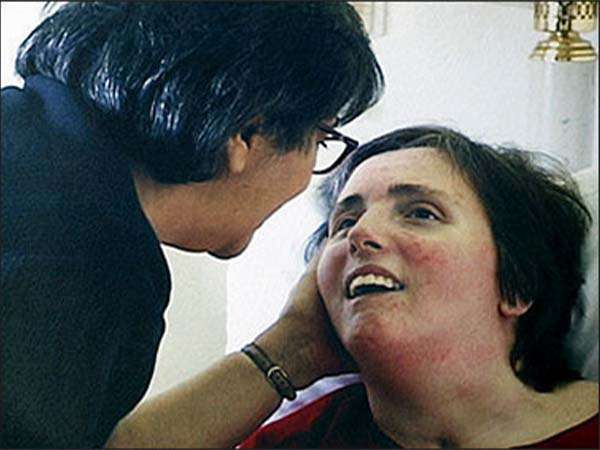
Though our top priority, Students for Life of America is not only working to stop abortion in this country. We have a vested interest in defending all innocent life from unnatural, systematic termination. Issues like stem cell research, in-vitro fertilization (IVF), and euthanasia are examples of other human rights violations that deserve attention.
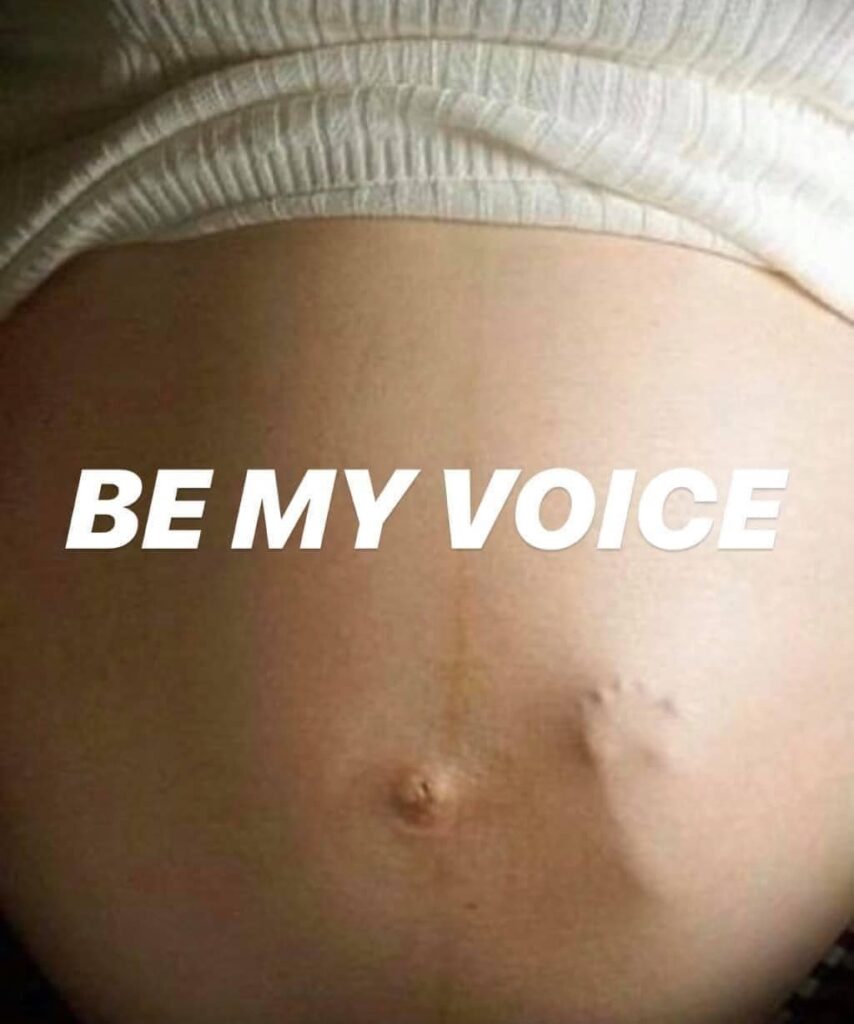
Students for Life of America








